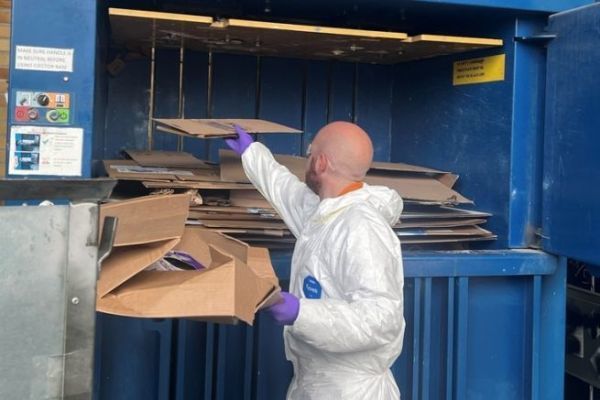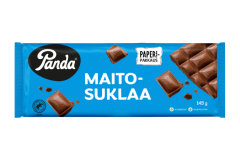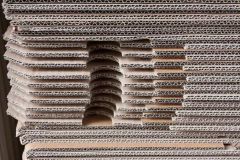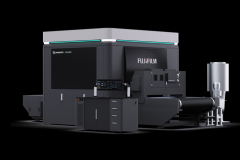Fujifilm's Broadstairs ink production site has achieved "Zero Waste to Landfill" certification, marking a significant step forward in industrial waste management. This distinction, awarded by Valpak, reflects an ambitious environmental strategy based on innovative processes and rigorous monitoring of key performance indicators. The plant produces inks for large-format UV inkjet and screen printing','www.printindustry.news/search/serigraphy');" class="lien-auto-article" href="https://www.printindustry.news/search/serigraphy">screen printing, while striving to limit its ecological footprint.
Certification reflecting a commitment to the environment
Obtaining this certification was based on an audit carried out by Valpak, which reviewed all waste management practices at the site. Fujifilm has demonstrated that its systems for recycling, reducing and reusing waste are not only effective, but also comply with the highest environmental standards. This involves recycling materials such as plastic, cardboard and even food scraps, which are composted.
The benefits of this certification are not limited to recognition of Fujifilm's commitment to the environment. For the graphic arts industry and printers, this type of initiative is also a model to follow, as it contributes to a significant reduction in waste management costs, while generating value through the reuse of materials.
Data to improve waste management
One of the highlights of the Broadstairs site is the use of a digital waste data tracking system. This system enables Fujifilm to measure progress and adjust its practices in real time. Between April 2023 and March 2024, the company achieved a recycling rate of 53.64%, while reducing the total amount of waste produced. This waste management tool enables the team to closely monitor the performance of each department and to continue optimizing processes to reduce environmental impact.














